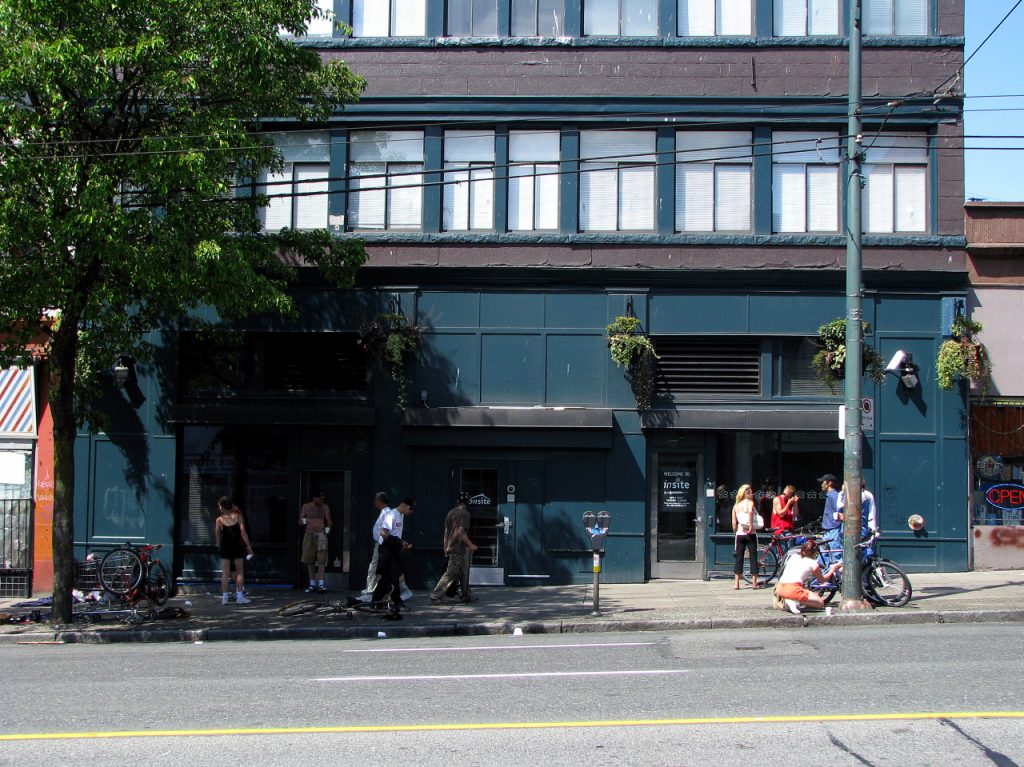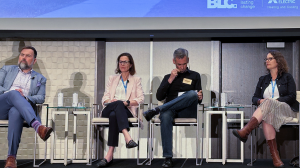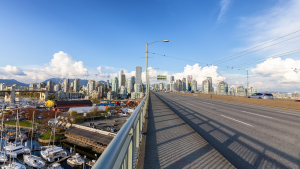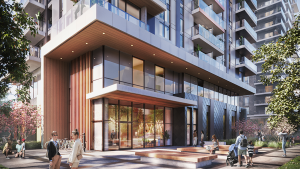Architecture can be about designing a new sense of community as much as the shape and function of built forms.
Architect Sean McEwen and University of British Columbia medical anthropologist Dan Small presented Architecture, Anthropology and Social Acceptance: Design that Created Zones of Acceptance in Vancouver’s Downtown Eastside (DTES) at the Royal Architectural Institute of Canada’s recent virtual 2020 conference, which detailed projects in Vancouver’s Downtown Eastside that both pushed against traditional attitudes and shaped new narratives for the neighbourhood.
Small explained while a society’s culture shapes narratives, those narratives go on to shape architectural practice and how cities approach social intervention.
“Architecture doesn’t just shape culture, it is itself a cultural process,” he added.
Regulations regarding architecture and social practice are “constantly in flux and a huge part of architectural culture but not the be all end all,” McEwen said.
“Part of the work of an architect who is working as an advocacy planner is taking apart the basis of what the regulatory environment is all about and reshaping it for local practice.”
Small pointed to the Downtown Eastside, where both he and McEwen have centred their work, as a “zone of abandonment” characterized by media as dangerous and in danger of collapse.
“These narratives reflect not only how the community is perceived but also affect an architect’s work as they try to get projects finished,” Small said.
Instead the area should be approached as a “zone of acceptance,” which McEwen explained began with harm reduction programs, most notably Insite, the first safe injection site in North America.
“The first idea for the site was that it incorporate a facility called ‘detox on demand,’ so that when an addict wants to kick their habit, there’s a facility in the same building,” McEwen explained.
“We put together a design proposal that was shown to various regulatory bodies and politicians and to their credit there was a lot of support for the site.”
Then mayor Larry Campbell made a public commitment to see the facility open within a six month period, McEwen said, meaning design and approvals had to be accelerated.
“But issues of institutional acceptance started rival narratives,” Small said, pointing to permit and zoning issues.
McEwen said the safe injection site was located inside an older building and in order to follow zoning regulations it needed to maintain continuity with other retail enterprises along the street, including a cappuccino machine in the “storefront.”
The site was designed to resemble a coffee shop in order to fit in with the neighbourhod, McEwen said, “and we wanted a home-like atmosphere so that people would feel comfortable enough to use it.
“We created an interior with appropriate lighting and residential-type flooring. It was designed to accommodate people waiting inside the building rather than having to line up outside to get in,” he said.
“Some in health care thought the finished product was ‘too good for addicts,’ the cappuccino machine was deemed the wrong sort of image for the facility and was removed and they balked at the overhead lighting. I said if the lighting was an issue, I’d pay for it, and I did.”
McEwen also pointed to banking as an institution that improves Downtown Eastside residents’ feelings of self-worth by presenting them with financial options.
“In the DTES most major banks shut down and left a hole in the banking service sector in area and people had to rely on Payday Loans and others,” McEwen said.
The Portland Hotel Society, one of the first organizations to adopt a “hard to house” policy of acceptance of low-income renters, created Pigeon Park Savings to address the neighbourhood’s financial needs.
“Portland wanted to create a low threshold bank where tellers could act as advisers and were familiar with local issues. It also provides people with identification,” he added, and pointed out many residents do not normally have access to standard identification documents.
Zoning issues were the main reason for roadblocks setting up the safe injection facility, and Small pointed to the site as an example of how “you can discover as an architect how explicit or implicit values determine if we deliver services or don’t in communities.”
“Culture shapes narrative constructions,” Small explained. “Rather than problematize people, you should look at the problems institutions and professionals put in themselves.”
“An architect can assist in visualizing how to improve things in local communities and help point in the direction to improvement of communities,” McEwen added.











“Zones of acceptance” rather than the far too frequent zones of exclusion should be a basic principle of community-building.
“Zones of acceptance”, subtle integration into our communities as we intensify would support that.